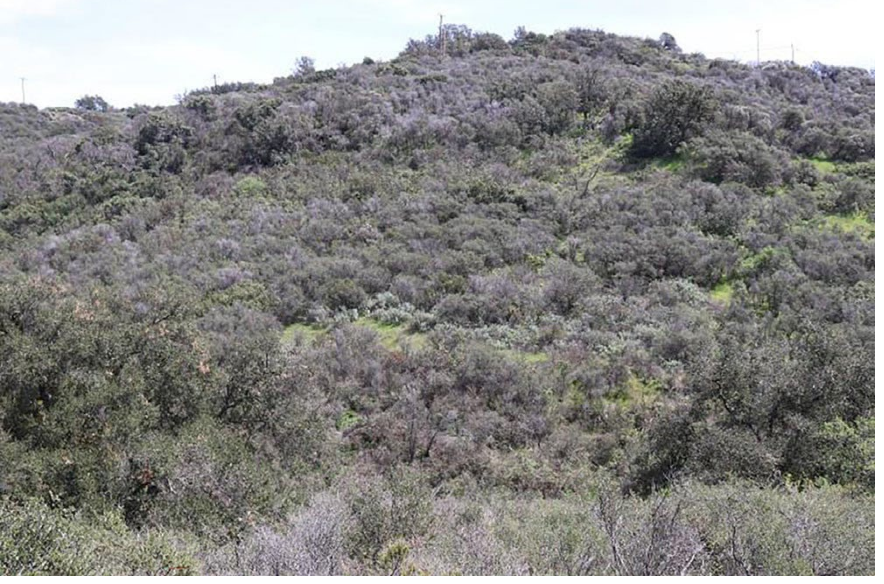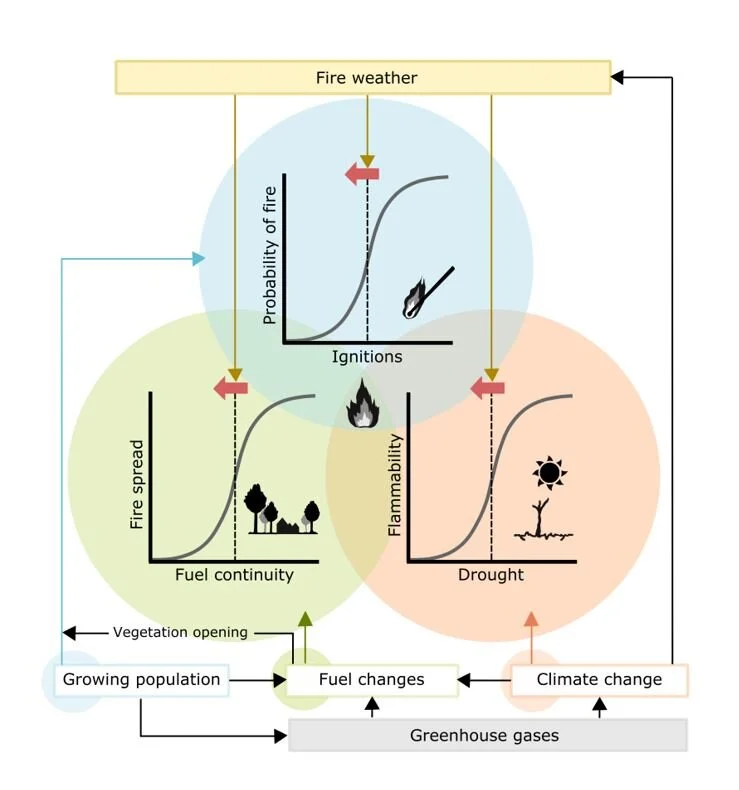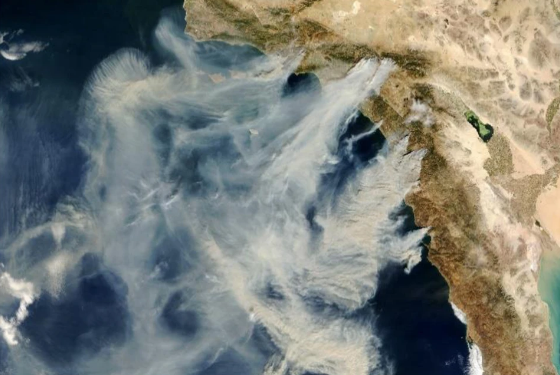Prescribed Burn Windows Under Future Climatic Conditions
/Here, the authors review two studies that have assessed seasonality and duration of burn windows: A California-focused study on trends in historic burn windows (Baijnath-Rodino et al. 2022) and a Western US-focused study on recent trends and potential future changes (Swain et al. 2023). This brief will focus on the California-specific finding from Swain et al. (2023).
View Baijnath-Rodino et al. 2022
View Swain et al. 2023 (Open Access)
Read More














